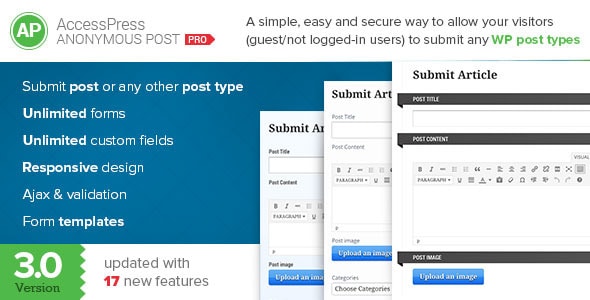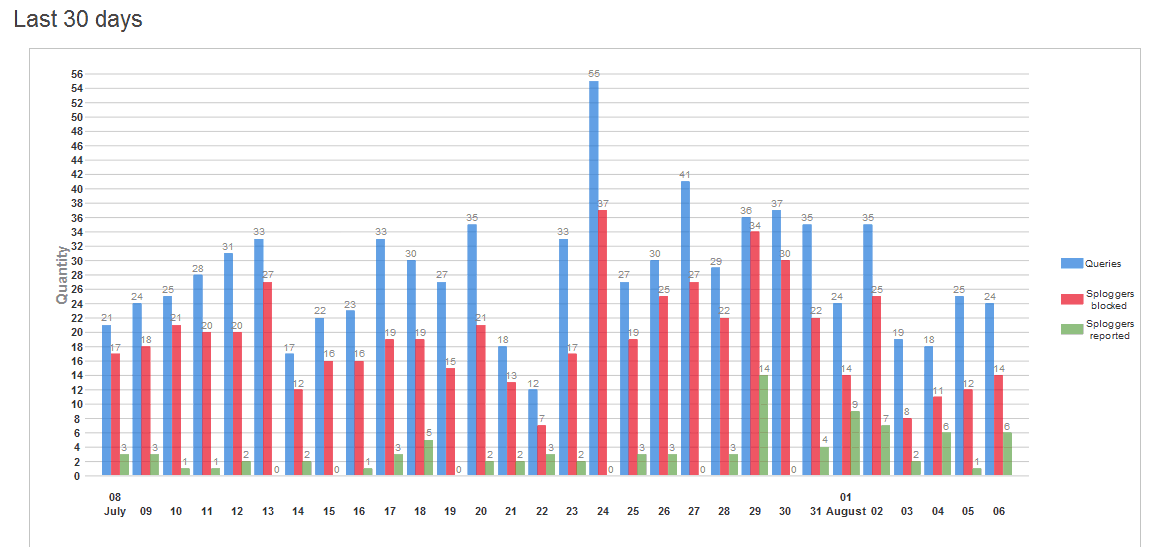You might have heard that guest posting is dying. Well, that’s a little bit true. But it’s also one of the best and most profitable ways to get high-quality backlinks from high-quality sites.
Here at ShoutMeLoud, I’ve been running a multi-author WordPress blog for 8 years, and more than 700 bloggers have guest posted here.
I have definitely lowered down the number of guest posts that get published in recent days, but I still accept guest posts from users who have a good reputation, or people who can submit something which adds value to the community.
Anyway, this article is about helping you set up your blog for accepting guest posts.
Many bloggers have enabled guest posting on their blog via email, but when you are using WordPress, you can automate the process in a much simpler way. To make the most out of guest posting opportunities, you should enable guest post submission via the WordPress dashboard.
In this article, I will be sharing some of the plugins and settings that I have used to create my multi-author WordPress blog, and you can follow this guide to enable guest post submissions from your WordPress dashboard.
For an overview on guest posting, take a look at:
How To Enable Guest Post Submissions in WordPress from the Dashboard
The very first thing you need to do is enable registration in WordPress.Most of the blogs that allow guest posting are using default permissions. This means that subscribers and guest bloggers have to email the admin to upgrade their account. From my perspective, this is time-consuming, and when you are in the mood to do a guest post, it acts as a road block.
So, it’s better if you give default permissions as a “Contributor”. (If you’re worried about spam, keep reading…)
Enable WordPress Registration

- Go to Settings > General > Enable user registration > Membership and click the box “Anyone can register”.
- Set the “New User Default Role” as “Contributor”.
AccessPress Anonymous Post Pro Plugin

I discovered this plugin a couple of years ago, and while I haven’t used it extensively myself, it looks to be a complete solution for bloggers to accept paid and/or free guest posts.
With this plugin, you can let others submit guest posts directly from the dashboard or from a front-end submission form. I haven’t gotten a chance to explore this plugin in detail, but looking at sales and reviews from existing buyers, this plugin looks pretty solid and you should definitely try it out.
Let me know if you have used this plugin in the comments section. I’d love to hear your review!
Check out the AccessPress Anonymous Post Pro demo here
WangGuard: Stop Guest Post Spam

Spammers use automated software to register on WordPress and send out submissions. On any particular day, I used to see 100+ spam submissions, and it was a headache to delete all of those posts and users one by one.
Now, deleting a user doesn’t help here, as they can always register again and repeat the process, but I can prevent these kinds of submissions from getting to me in the first place.
For this, I use the WangGuard WordPress plugin. It works like Akismet and offers many levels of protection against spam WordPress registration.
Now, it doesn’t stop spam 100%, but it reduces it to a great extent and makes dealing with spam much easier.
WordPress Notification Plugin: Enable “Submit for review”
Now, here is a very useful plugin.It’s called Peter’s Collaboration E-mails.
It notifies the admin whenever a post is submitted for review. Users with contributor rights get a “Submit for review” option, and once they are done drafting their guest post, users can submit their posts for an editorial review.
If an admin accepts or rejects a post, the user will get a notification. This helps a lot in automating the process of notifying the admin and the contributing author about the status of the guest post.
It’s an extremely useful plugin that I heavily rely upon.
Check out Peter’s Collaboration E-mails
WordPress Interaction Plugin: Enable Post Notes
Here is another useful plugin from the same author, “Peter”.The Peter’s Post Notes plugin adds a “Notes” column in the post editor sidebar.
This is useful if an author wants to add a sidenote about their submission for the editor or admin. As an admin, if you are rejecting a post, you can quickly add the reason why it’s being rejected, or you can request a modification to be made to the author.
Simply add your note and change the status of the article to “Draft” and update it. The guest poster will get an email along with the notes you’ve added.
It’s a simple, but very useful plugin.
Check out Peter’s Post Notes
Enable AdSense Revenue Sharing On Multi-Author Blog
By offering AdSense sharing, you are offering an extra incentive for guest authors.This is especially useful for freelance writers to become a part of your blog. They can earn passive income from the AdSense ads placed on their guest posts.
This is a good deal for blogs with high traffic because budding bloggers can take advantage of revenue sharing and can become a regular author of your blog while earning a handsome income.
You can use the Author Advertising plugin, and you can refer to my earlier guide on how to enable AdSense revenue sharing in WordPress.
Other Things
These are a few of the plugins which I use all the time, and they work like a charm.There are many more things which you can do to make it nicer for your guest posters like offering a custom WordPress login page or login box on your blog’s sidebar.
You can also:
- Create a landing page for contributor information- like this one.
- Add an author’s box below the post to make sure users know who the author of the post is.
- Add an author’s archive page so that readers can see all posts by any author.
Create a Multi-Author WordPress Blog
These are some simple tips which you can follow to create a multi-author WordPress blog.Now it’s up to you what extra incentives you want to offer your readers which will make them want to guest post on your website.
If you run a multi-authored WordPress blog where people can submit posts from the WordPress dashboard, I would love to learn a new tip from you. Do share it via the comments.



0 Comments:
Post a Comment